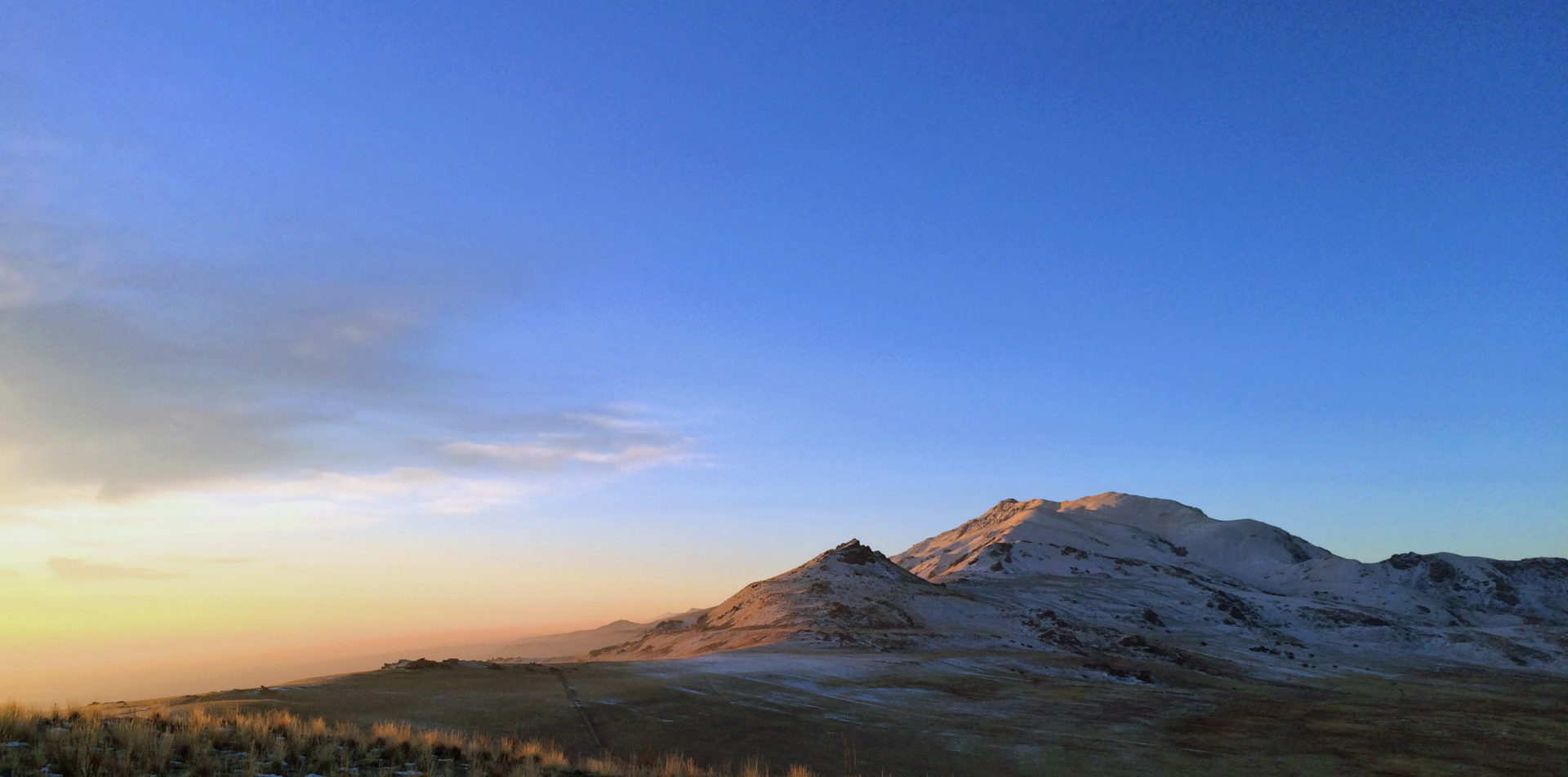Living Western History:
Periodic musings on Western history and its contemporary Implications
My goodness, I just can’t seem to stop talking about Water in the West! As a matter of fact, so far this “Living Western History” blog series has only been about water. Hmm. I promise to talk about something else next time.
For the moment, water it is – and this time on the Great Plains. We all know that the Great Plains can be a bit dry. Stephen Long dubbed it the “Great American Desert” in 1823, settlers struggled to break the land, it rained a bunch and we plowed the heck out of it (you know, The Plow the Broke the Plains, and all), the region has sunk into one of the biggest droughts in a generation these past few years, and so forth. Well, believe it or not, during this current drought – some farmers in the ARID west-of-the-100th-meridian-farmers have fared better than those in the more humid and precipitation-blessed regions East of the Missouri River.
For all of its aridity, much of the Great Plains is blessed to sit on the Ogallala Aquifeir – a nearly 175,000 square eons-old reservoir of delicious, delicious water. Or, at least they used to. It is one of the world’s largest. Or, at least it used to be. You see, the aquifer is relatively shallow – which has been a tremendous blessing – and also a curse. The Ogallala is easy to tap, and in many places it is fully tapped out! Check out Sherry Smith’s anthology The Future of the Southern Plains for some apocalyptic end-times no-more-water studies of the region (published almost a decade ago, so this isn’t breaking news, really, it isn’t).
But, now, it is breaking news – even gracing the Washington Post. A post today entitled “How long before the Great Plains runs out of water?” offers some sobering coverage of the crisis. Rather than me rehashing the full article, I’ll just let you read it there. Quick synopsis, the Proceedings of the National Academy of Sciences put out a report about Western Kansas, and it doesn’t look pretty.
 Generally speaking, I think you want maps about water to have more blue than red/brown, right?
Generally speaking, I think you want maps about water to have more blue than red/brown, right?
The water table is dropping quickly, and that previously shallow and easy-to-tap water source upon which High Plains farmers have depended upon for so long is disappearing. It is unsustainable. The aquifer doesn’t recharge at a fast enough a pace to balance out the depletion. And there is the great irony. The region doesn’t get enough rainfall to support large-scale agriculture in many places, so farmers have drilled wells and supported development through the aquifer. Areas back east that usually get lots of rainfall don’t drill, and now that there is a drought, have had worse harvests than some arid Ogallala-drilling plainsmen. Until it dries up. Oh wait, that’s the point.
IT HAS DRIED UP, in some places.
So, read up. Drink up.
——————————————————————————————————
Here are some useful links from the bottom of the WP article.
— Brett Walton’s coverage of Ogallala water issues for Circle of Blue has been excellent. See here for his story on Kansas depletions.
— Here’s where the world us running out of water, in one map.
— Farmers are turning to engineered corn to adapt to drought. But will it be enough?

1 thought on “The Ogallala Aquifer – Drink Up, While You Can”
Comments are closed.